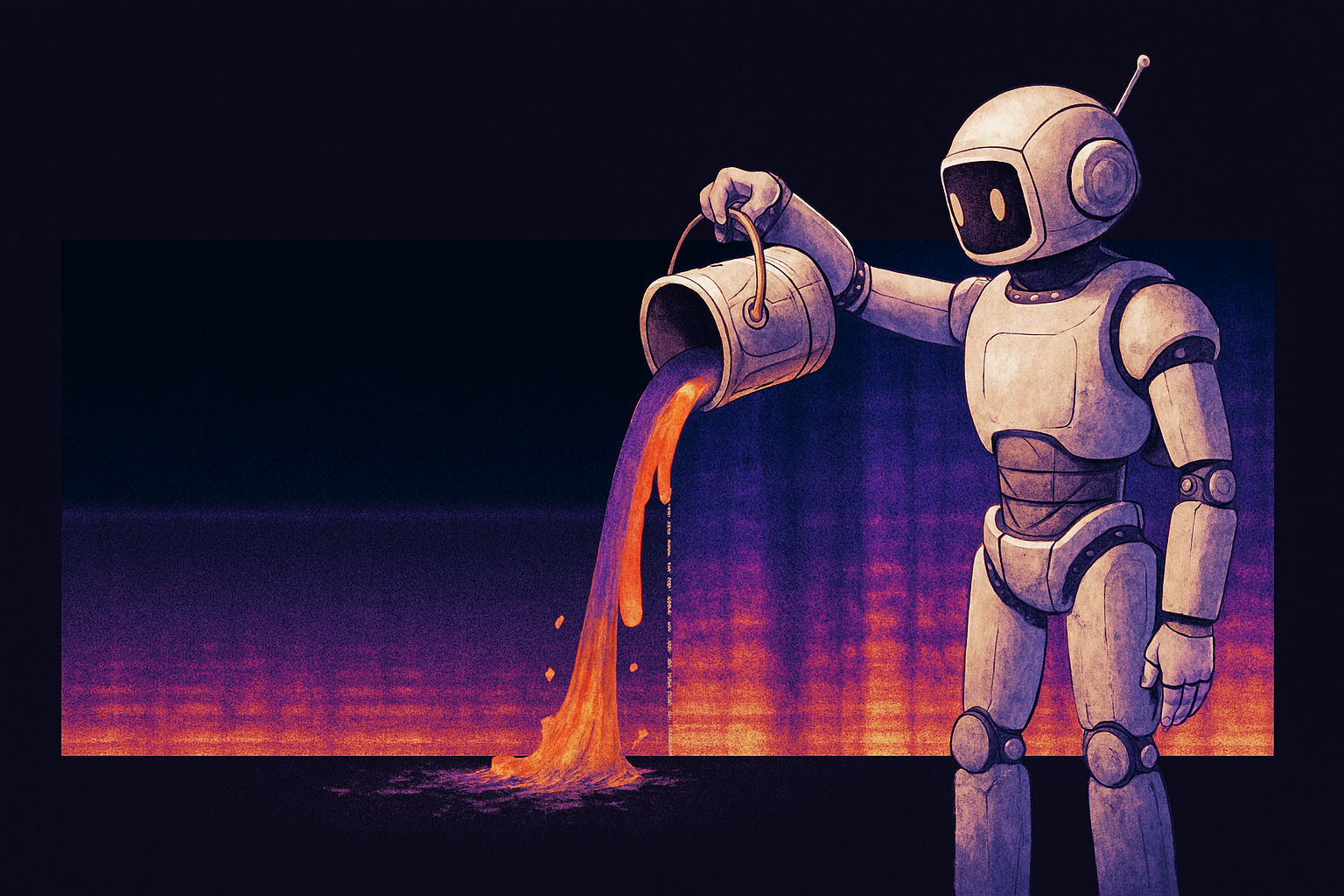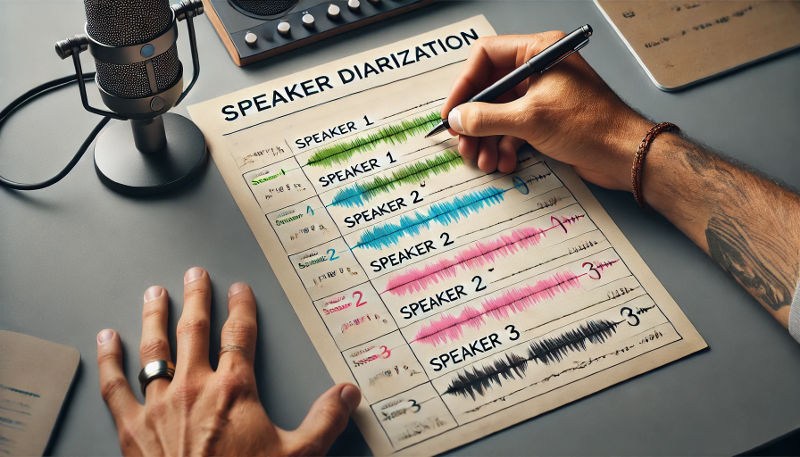With our new Denoising Region Editor feature, you can now control exactly where and how to denoise inside a production: Refine our automatically generated denoising boundaries, choose different denoising models per segment, or switch denoising off completely for things like jingles, music beds, or sound effects.
The result: you only clean what really needs cleaning, gain more creative control, and work with much higher precision inside a single production.

Only Denoise the Parts That Need It
Many productions contain a mixture of different situations:
- Music jingles or sound effects combined with noisy speech
- A clean studio introduction ...







